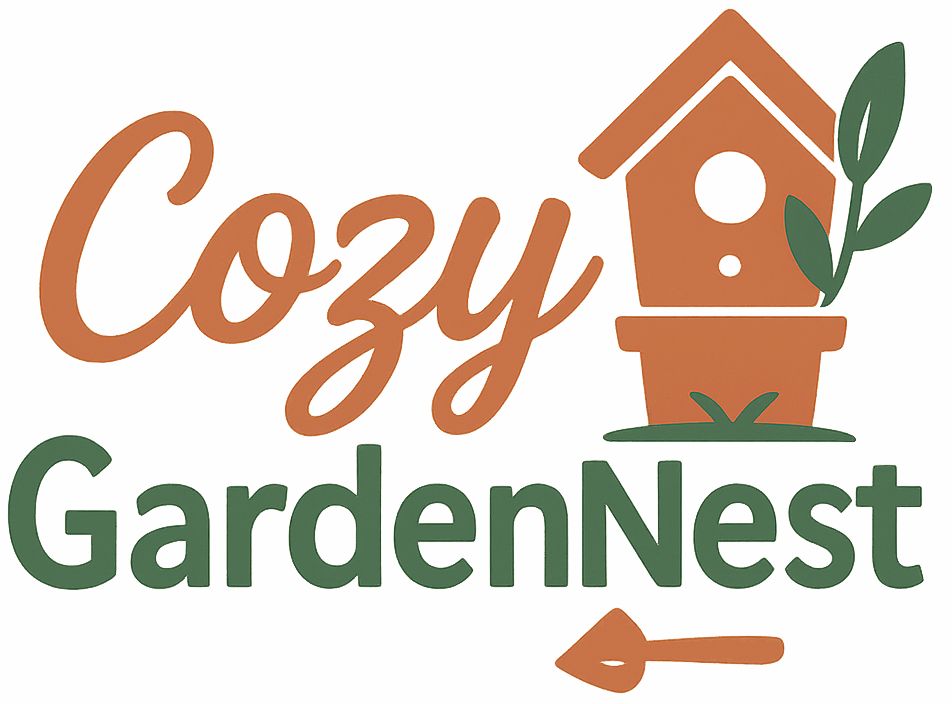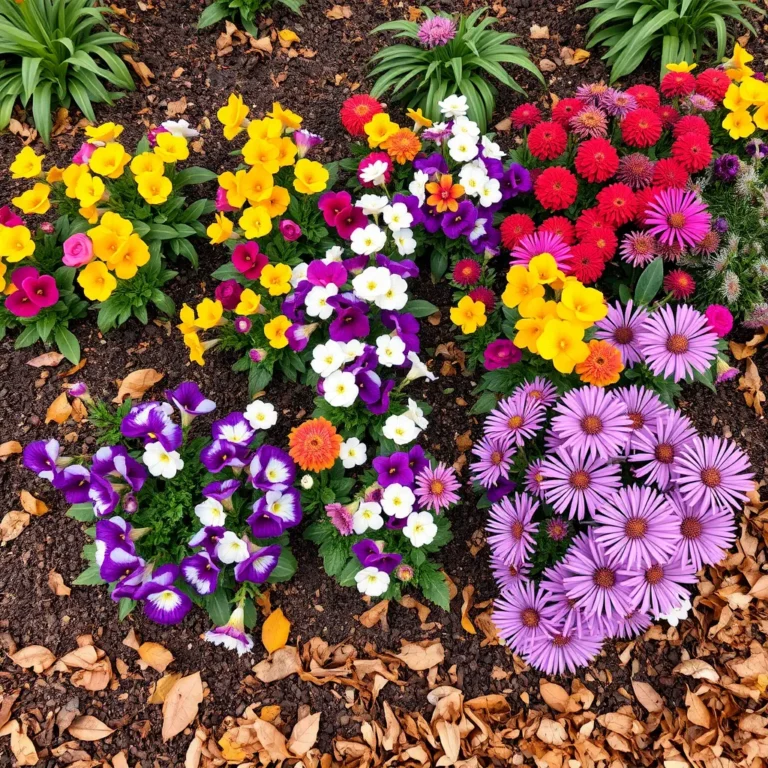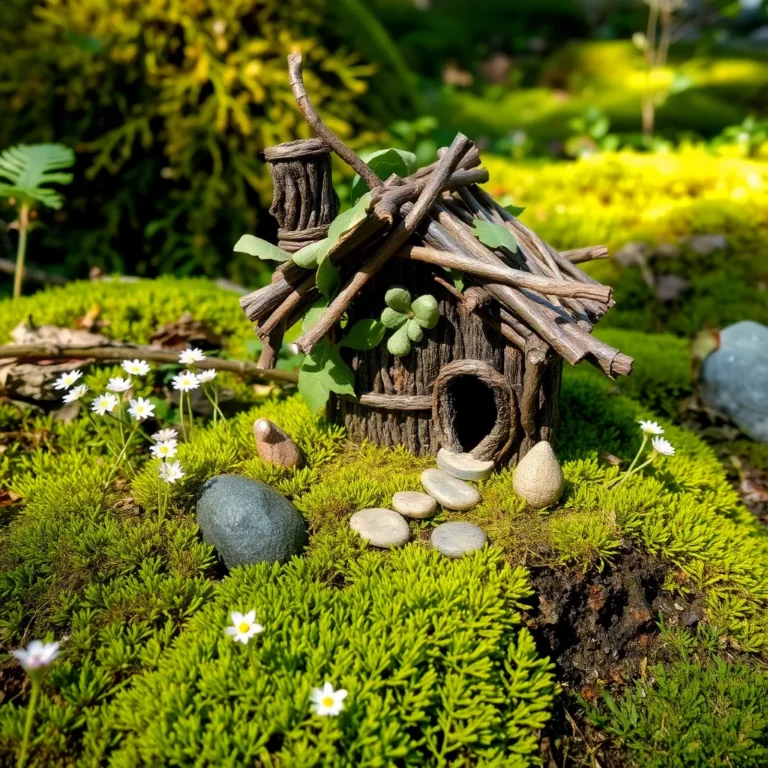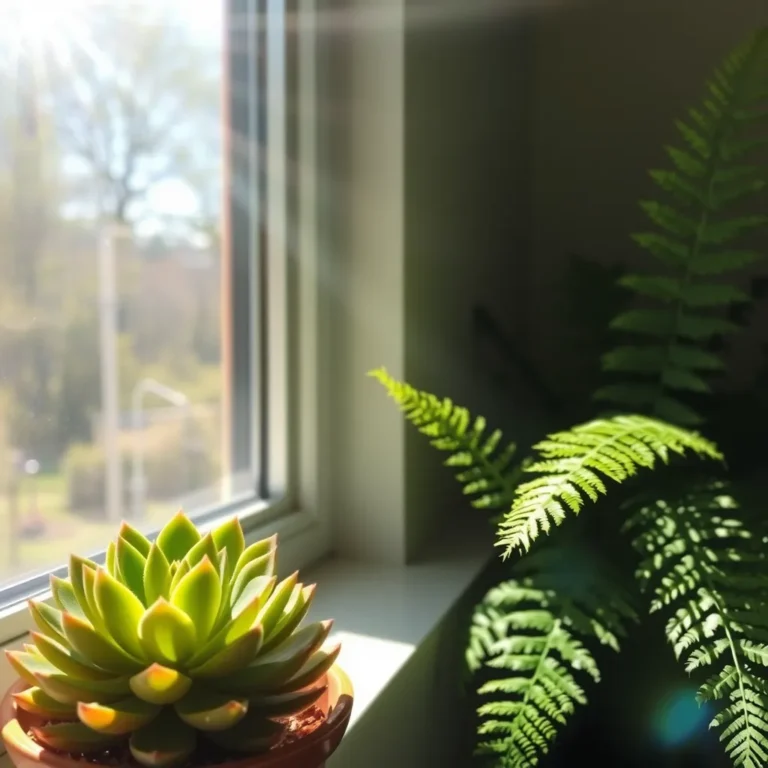7 Ideas for a Vibrant and Edible Balcony Garden
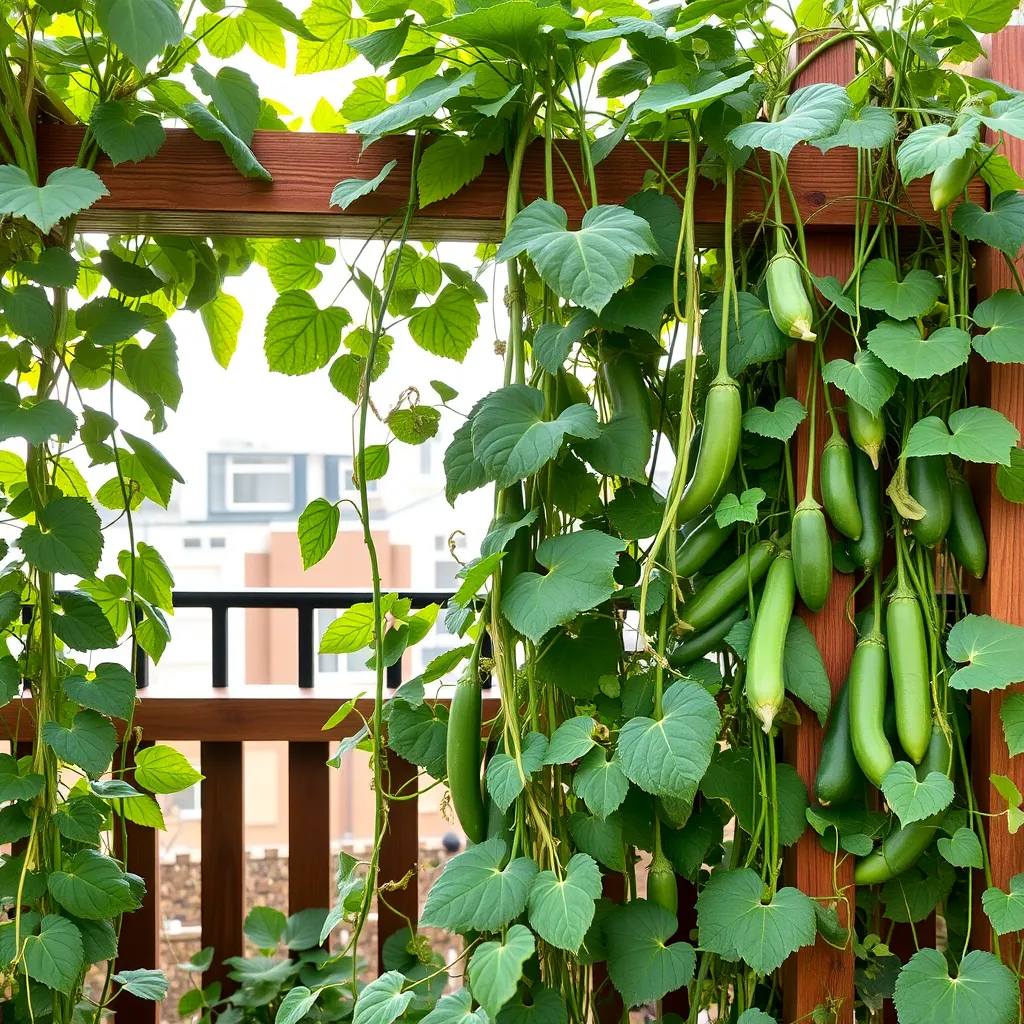
Are you ready to transform your balcony into a vibrant and edible paradise? In this post, I’ll share 7 clever ideas to make the most of your space, whether you have a tiny nook or a spacious terrace. From vertical gardening techniques to creating fragrant herb containers, I will guide you through fun and easy ways to grow fresh food right at home. Let’s dive in and start your balcony garden today!
Use Vertical Gardening Techniques to Maximize Space

Vertical gardening helps you grow plants upward. It saves space and adds beauty. You can use walls, railings, or shelves for this. This method is great for small balconies.
Climbing plants work best for vertical gardens. Here are some good choices:
– Peas: They are easy to grow and taste great.
– Beans: They grow quickly and are fun to pick.
– Cucumbers: They need support and add crunch to salads.
Building a trellis is simple. You can use wood, metal, or even old ladders. Here are some tips:
– Height: Make your trellis tall enough for your plants.
– Stability: Ensure it is strong to hold the weight of the plants.
– Spacing: Give plants enough room to climb and breathe.
Maintain your vertical garden by checking for pests. Water your plants regularly, too. With these steps, you can enjoy a green and tasty balcony!
Create Container Gardens with Herbs for Flavors and Fragrance

Herbs are fun and easy to grow on a balcony. They add great flavors to meals and smell wonderful. Here are some herbs I recommend:
– Basil
– Parsley
– Mint
These herbs thrive in small containers. Choose pots that are at least 6 to 12 inches deep. Make sure they have good drainage holes. Use a mix of potting soil and compost. This mix helps herbs grow strong and healthy.
To keep your herbs happy, water them often. Check the soil. If it feels dry, give them a drink. Herbs like sunlight too! Place your containers where they can get at least 6 hours of sun each day.
Prune your herbs regularly. This helps them grow bushier. You can pinch off leaves to use in your cooking. Enjoy fresh flavors from your own balcony garden!
Incorporate Edible Flowers for Color and Nutrition

Edible flowers add beauty and flavor to your balcony garden. They make dishes bright and yummy. Here are some great options for you to grow.
– Nasturtiums: These flowers taste peppery. You can use them in salads or as a garnish.
– Pansies: They have a sweet flavor. Add them to desserts or ice cubes for a fun touch.
– Marigolds: These flowers are citrusy. They work well in soups and stews.
Growing edible flowers has many benefits. They attract bees and butterflies to your garden. They also provide nutrients. Some flowers even help with pest control.
When planting edible flowers, choose a sunny spot. Most flowers need at least six hours of sunlight each day. Use good soil that drains well. Water them regularly but avoid soggy soil.
To care for your flowers, deadhead them often. This means removing old blooms. It helps the plant grow new flowers. Fertilize them every few weeks to keep them strong. Enjoy the beauty and taste of your edible flowers!
Build a Salad Garden with Easy-to-Grow Vegetables

A salad garden is fun and simple. You can grow fresh veggies right on your balcony. Here are some great choices for your salad garden:
– Lettuce
– Radishes
– Spinach
These veggies grow fast and taste great. You can plant them in a pot or a raised bed. Arrange them in a way that allows enough space for each plant. For example, put lettuce and radishes together. They grow well side by side.
Companion planting is key. It helps plants grow better. For instance, plant spinach with radishes. The radishes grow fast, and they free up space for spinach. This way, you get more from your garden.
Seasonal tips boost your yield. In spring, sow seeds indoors. As it gets warmer, move them outside. In summer, keep your garden watered. This keeps your greens fresh and crunchy. You can harvest lettuce often. Just pick the outer leaves and let the center grow.
With the right care, your balcony salad garden will thrive. Enjoy fresh salads all season long!
Use Hanging Pots for Space-Efficient Berry Baskets

Hanging pots are great for growing berries on your balcony. They save space and look nice. I love growing strawberries and blueberries because they thrive in small pots. These berries hang down, making them easy to pick.
When choosing hanging pots, pick ones with good drainage. Look for pots with holes at the bottom. These help excess water escape. Use a light, well-draining soil mix. A mix of potting soil and perlite works well. This mix keeps your berries healthy and happy.
Berries love sunlight. Hang your pots in a spot that gets at least six hours of sun each day. If you notice leaves turning yellow, they might need more light.
Water your berries often, but don’t overdo it. Check the soil with your finger. If it feels dry an inch down, it’s time to water. Be sure to water until you see it drain from the bottom. This ensures the roots get enough moisture.
With these tips, your hanging berry pots will thrive. You’ll soon enjoy fresh berries right from your balcony!
Create a Straw Bale Garden for Minimal Soil and Space

Straw bale gardening lets you grow plants in small spaces. It needs little soil, which is great for balconies. Straw bales heat up as they break down. This warmth helps plants grow strong and fast.
Step-by-step Guide to Setting Up a Straw Bale Garden
1. Choose Your Bales: Buy fresh straw bales, not hay. Look for bales that are tightly packed.
2. Place the Bales: Set them in a sunny spot. Make sure they are on a flat surface.
3. Water the Bales: Soak the bales for a few days. This helps start the composting process.
4. Condition the Bales: Add nitrogen-rich fertilizer. This helps the bales break down. Water them daily for about a week.
5. Plant Your Seeds: Once the bales are ready, poke holes for your plants. You can plant seeds or seedlings directly in the bales.
Planting Suggestions and Care Tips for Straw Bale Gardens
You can grow many plants in straw bales. Here are some easy options:
– Tomatoes: They love the heat and grow tall.
– Peppers: These add spice to your meals.
– Cucumbers: They are great for salads and snacks.
– Herbs: Basil and parsley thrive in bales.
Care Tips:
– Water Regularly: Straw bales dry out fast. Check them daily.
– Feed Your Plants: Use organic fertilizers every few weeks.
– Watch for Pests: Check your plants for bugs and remove them by hand.
Straw bale gardens are fun to set up. They can turn any balcony into a green space!
Install a Hydroponic System for Modern, Soil-Free Gardening

Hydroponic gardening lets you grow plants without soil. This method uses water and nutrients. It works well for small spaces, like balconies. You can grow fresh food all year round.
There are several types of hydroponic systems. The Kratky method is simple and low-cost. It uses a container filled with water and nutrients. Plants float on top with their roots in the water. The nutrient film technique is a bit more advanced. It uses a pump to create a thin film of water over the roots.
When choosing plants, pick ones that thrive in water. Leafy greens like lettuce and spinach do great. Herbs like basil and mint are also good options. Check the water and nutrient levels weekly. Change the water every two weeks to keep it fresh.
With a hydroponic system, you can enjoy fresh veggies right from your balcony. It’s a fun and rewarding way to garden!
Conclusion
Vertical gardening techniques let you maximize small spaces for plants. You can grow climbing plants like peas and beans with trellises, adding greenery without much room. Container gardens with herbs, such as basil and mint, bring flavor and fragrance to your space. Edible flowers add color and nutrition, while salad gardens keep fresh vegetables at hand. Hanging pots make berry harvesting easy, and straw bale gardens reduce soil needs. Lastly, hydroponic systems offer soil-free growing options for urban living. Explore these methods, and transform any small area into a vibrant garden.
